In the fast-paced world of eCommerce, avoiding common pitfalls can be the difference between success and failure. Throughout this journey, we’ve uncovered some of the most prevalent mistakes online sellers make and explored strategies for steering clear of them.
Remember, eCommerce success is not just about having a great product or a fancy website—it’s about understanding your audience, delivering exceptional customer experiences, and continually refining your strategies based on data and feedback.
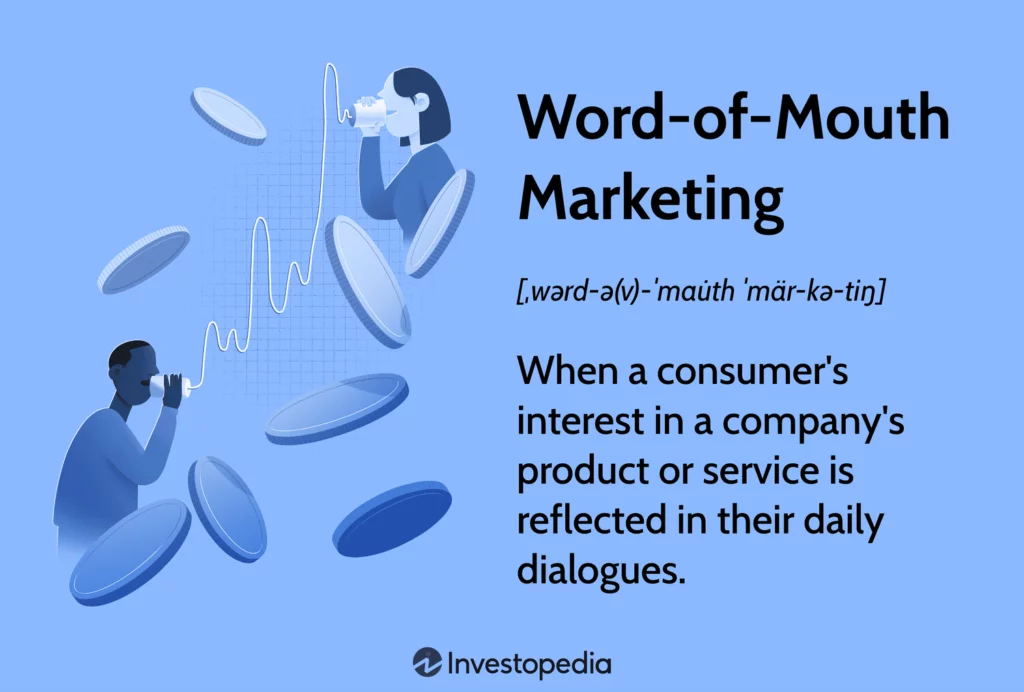
By prioritizing customer-centricity, investing in website optimization, staying vigilant with security measures, and embracing a culture of continuous improvement, you can position your eCommerce business for long-term growth and success.
So, whether you’re just starting out on your eCommerce journey or looking to take your online store to the next level, remember these lessons and forge ahead with confidence.
When a customer praises your brand, whether it’s a compliment on their clothes, bag, shoes, jewelry, or any other product from your brand, it sets off a chain reaction of word-of-mouth (WOM) among potential buyers. For example, imagine owning a cafe with Instagrammable interiors and offering delectable, visually appealing dishes that impress your customers—this creates a word-of-mouth marketing opportunity.
As satisfied customers share the positive experiences with friends and family, word about your product spreads, cultivating loyalty among existing customers while attracting new ones. According to a market research report, 23% of people discuss their favorite products daily with family and friends.
Word-of-mouth marketing is one of the most underutilized and cost-effective marketing channels available. It occurs when a brand encourages customers to share their experiences with their loved ones, colleagues, or acquaintances. However, there’s a flip side to WOM marketing. While happy customers praise good products or services, unhappy customers are equally vocal about products that fail to meet their expectations. This can tarnish the brand’s reputation. A market study found that 26% of people are likely to completely avoid using a brand if their loved ones share a negative experience.
Digital Word-of-Mouth Marketing: Harnessing the Power of Online Influence
In the digital era, word-of-mouth marketing has evolved into a dynamic force fueled by technology, particularly the Internet. Social media platforms as Facebook, Twitter, and Instagram, alongside blogs and review sites, have become pivotal channels for sparking conversations and amplifying brand experiences. Customers now share their positive and negative feedback across these digital platforms, profoundly influencing consumer purchase decisions. Shockingly, 21% of individuals begin to mistrust a brand solely based on negative word-of-mouth opinions, regardless of their prior relationship with the brand.
Imagine a satisfied customer sharing their product experience on social media or leaving glowing reviews on Facebook or Twitter—a quintessential example of digital word-of-mouth marketing. Similarly, influencers and bloggers may extol the virtues of a relaxing spa visit or exceptional beauty treatments to their followers, further amplifying positive brand sentiment.
Digital platforms offer marketers unprecedented opportunities to execute targeted online campaigns and leverage various tactics to stimulate word-of-mouth marketing.
The Importance of Word-of-Mouth Marketing:
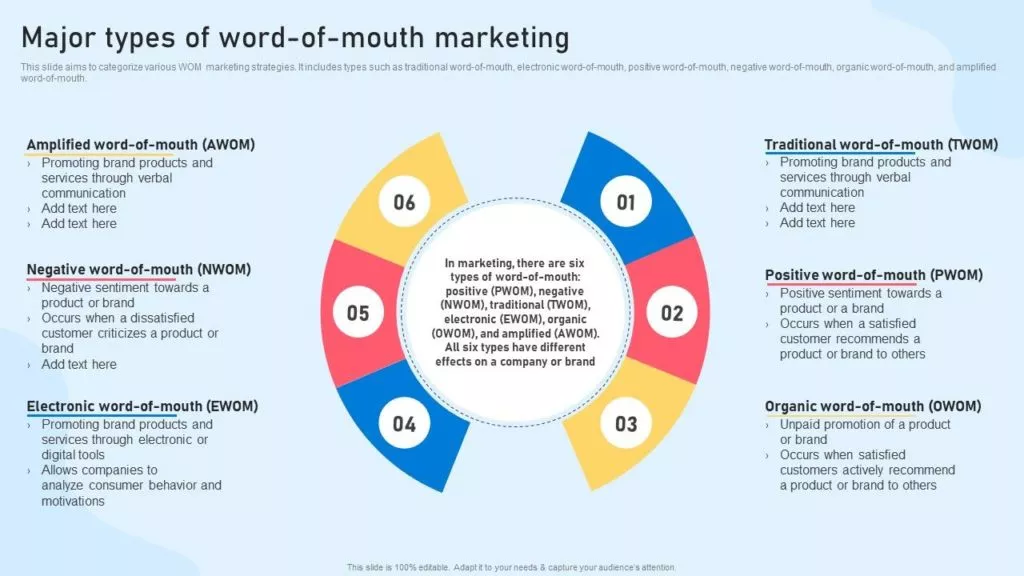
Word-of-mouth marketing is not merely a fleeting interaction; it sparks a cascade of subsequent engagements among consumers. Implementing word-of-mouth marketing strategies can yield substantial benefits, including increased sales, enhanced brand loyalty, and a bolstered brand image. Many companies deploy diverse strategies to encourage customers to share their positive experiences and advocate their products or services.
Word-of-mouth marketing transcends traditional advertising, offering a cost-effective and impactful alternative. A staggering 88% of buyers place unwavering trust in a brand when recommended by a family member.
How Businesses Can Reap the Benefits of Word-of-Mouth Marketing:
1. Inspire Conversations with Exceptional Experiences
The key to fostering positive word-of-mouth about your brand is providing customers with an unparalleled experience. Brands that invest wholeheartedly in delivering high-quality products and services often emerge victorious. However, don’t simply stop at offering a superior product or service—go the extra mile by delivering exceptional customer service and support. Equally crucial is training your staff to engage with customers in a manner that leaves a lasting impression. They should have the skills to swiftly and effectively address concerns or grievances. By prioritizing positive interactions, you instill a sense of trust and confidence in your customers, prompting them to share their experiences with others.
2. Cultivate a Distinct Brand Identity
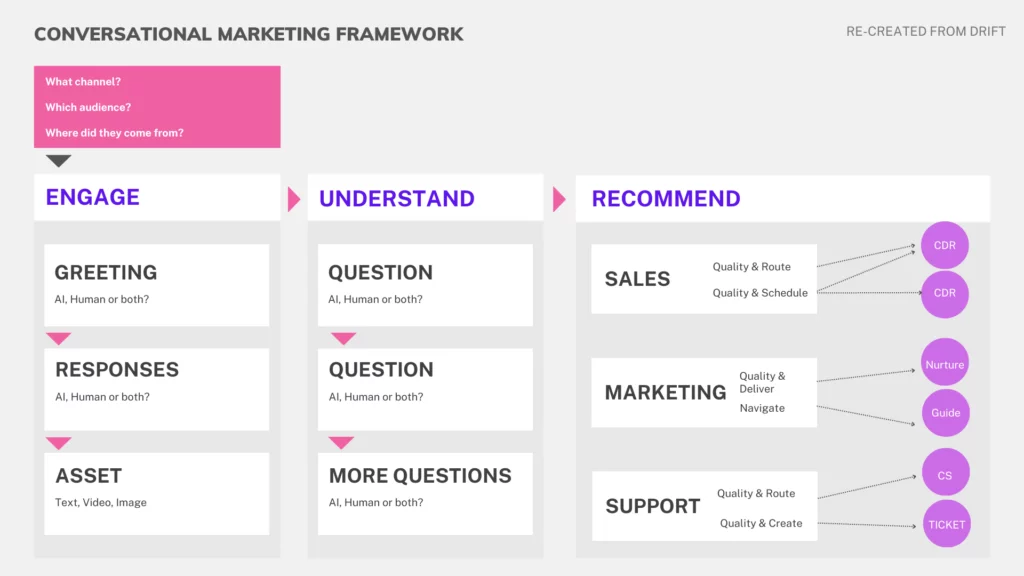
Another effective strategy for stimulating word-of-mouth publicity is cultivating a unique identity for your business or brand that sets it apart from competitors. This can be achieved through various means, such as developing a one-of-a-kind product, crafting innovative marketing campaigns, or fostering an exclusive company culture.
A prime example of this approach can be observed in Apple Inc.’s marketing endeavors. Renowned for its emphasis on innovation, sleek design, and user experience, Apple consistently captivates audiences with highly anticipated product launches that generate significant buzz and ignite online and offline conversations. While executing large-scale campaigns may seem daunting for smaller brands with limited resources, similar impact can be achieved through simpler yet equally effective strategies.
Your business can leverage its unique company culture or unconventional brand identity to spark curiosity and intrigue among consumers. By embracing the unconventional and thinking outside the box, you can create memorable experiences that prompt individuals to share and discuss your brand, ultimately driving attention and popularity.
3. Harness the Power of Social Media

Due to their vast reach and influence, social media platforms offer unparalleled opportunities for word-of-mouth marketing. Expert research reveals that 90% of individuals are more inclined to trust a brand recommended by even strangers. It’s no wonder 71% of consumers are more likely to purchase after seeing social media referrals from influencers or peers. For instance, a single satisfied customer sharing their experience on platforms like Twitter or Instagram can potentially sway numerous others to purchase the same product.
To leverage the potential of word-of-mouth marketing, it’s essential to cultivate a robust and engaged social media community. Communities foster camaraderie among individuals with shared interests and objectives, promoting engagement, emotional attachment to your brand, heightened visibility, and increased follower count.
Several methods can facilitate word-of-mouth advertising through social media:
- Influencer Marketing: Collaborate with influencers or bloggers with a broad audience and substantial follower base. By featuring your product or service on their social media profiles, influencers generate content that introduces their followers to your brand. This approach affords you greater control over the messaging and dynamics of their posts.
- Hashtag Marketing Effect: Establish a branded hashtag, such as #brandname, for your online store or page. Initially, you may be the sole user of the hashtag, but as awareness of your brand grows, customers will begin incorporating it into their social media posts. The hashtag enhances your brand’s visibility, enabling customers to easily discover and engage with content.
- Solicit Customer Reviews: Customer reviews serve as a modern form of word-of-mouth marketing and significantly impact driving sales. Encourage customers to write reviews for your products or services by soliciting email or post-purchase feedback. Collect testimonials and feedback surveys to bolster word-of-mouth publicity, prominently showcasing organic reviews across social media posts, review platforms, online marketplaces, and your brand’s website.
Learn about feedback solicitation here.
4. Craft Shareable Content
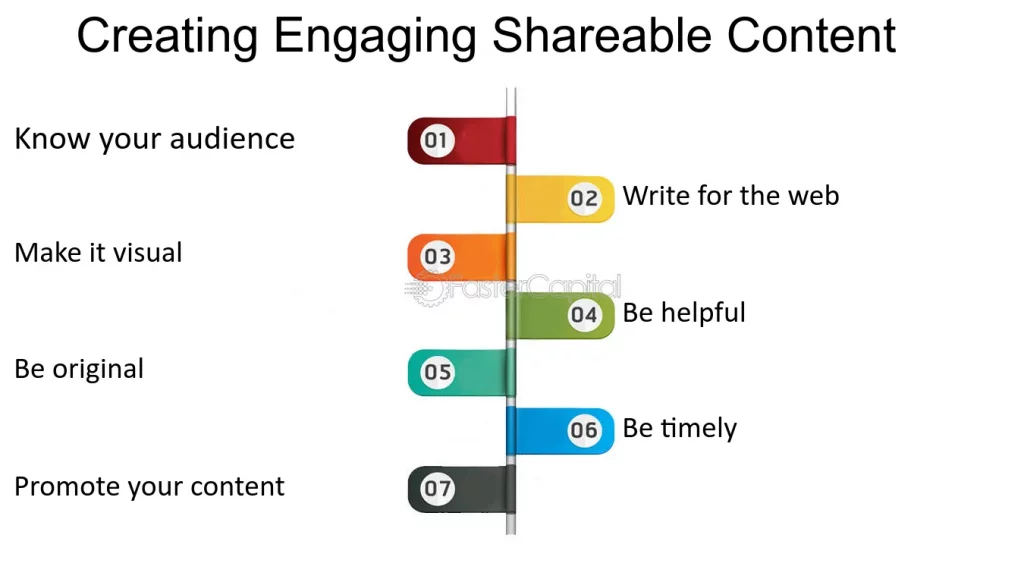
Developing viral or shareable content through social sharing is a potent strategy for word-of-mouth marketing. Certain attributes can facilitate positive conversations about your brand and drive word-of-mouth referrals:
- Social Currency: Curate content that enhances the image of your customers, evokes positive emotions, or enables them to create a lasting impression. Content that resonates with the audience will likely be shared on social media platforms.
- Emotional Appeal: Create relevant content that strikes an emotional chord with your audience, fostering a sense of connection and emotional resonance.
- Public Appeal: Share relatable content that resonates with your target audience and encourages sharing. Avoid controversial topics or content that may deter readers from sharing.
- Informative Content: Share valuable insights and information that address topics of interest to your audience, offering solutions to their challenges or enumerating the benefits of your products or services.
- Storytelling: Share compelling brand stories that forge deeper connections with your audience, engendering feelings of empathy and trust. Unique and engaging brand narratives are more likely to be shared by customers.
5. Cultivate Brand Advocacy
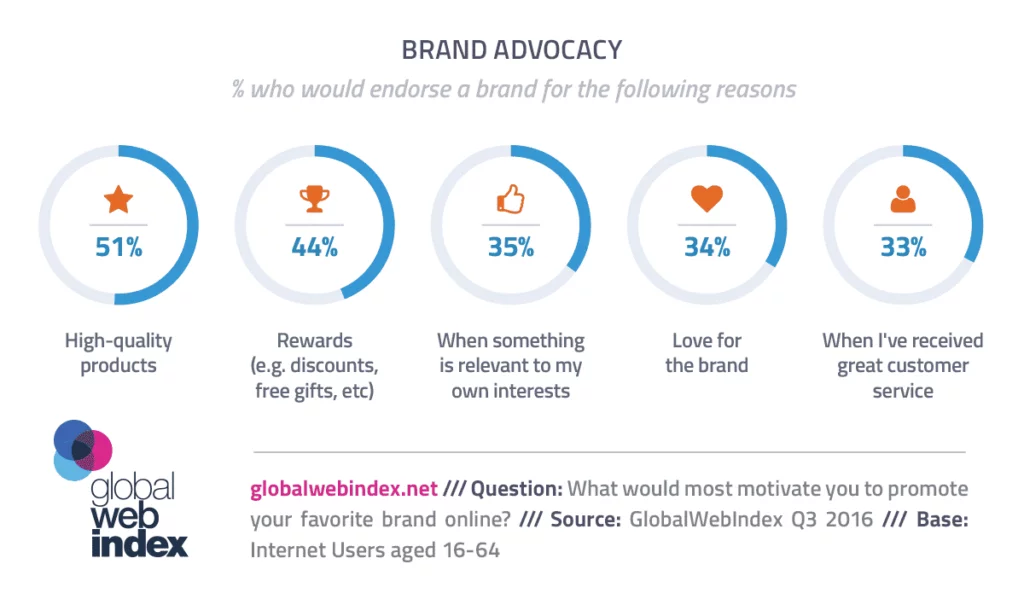
Delighted customers serve as the most potent advocates for your brand, attracting new customers and driving sales. According to Social Media Today, a staggering 85% of buyers consider user-generated content more trustworthy than other forms of product information. Hence, it’s imperative to harness the enthusiasm of your satisfied customer base and encourage them to engage in word-of-mouth marketing.
As your brand gains visibility and popularity, customers naturally gravitate towards sharing user-generated content—content created by them to showcase your products or services. This may include posting pictures or videos on platforms like Instagram, extolling the virtues of your offerings.
To foster word-of-mouth marketing, actively encourage customers to generate content by featuring their photos or videos showcasing your products on your brand’s social media handles or product pages. Ensure to credit these customers, thereby boosting their enthusiasm. Offering incentives, such as discounts or exclusive deals, can further incentivize customers to promote your brand. Hosting contests or challenges where customers can submit content featuring your products is another effective strategy to stimulate user-generated content.
6. Implement a Referral Program
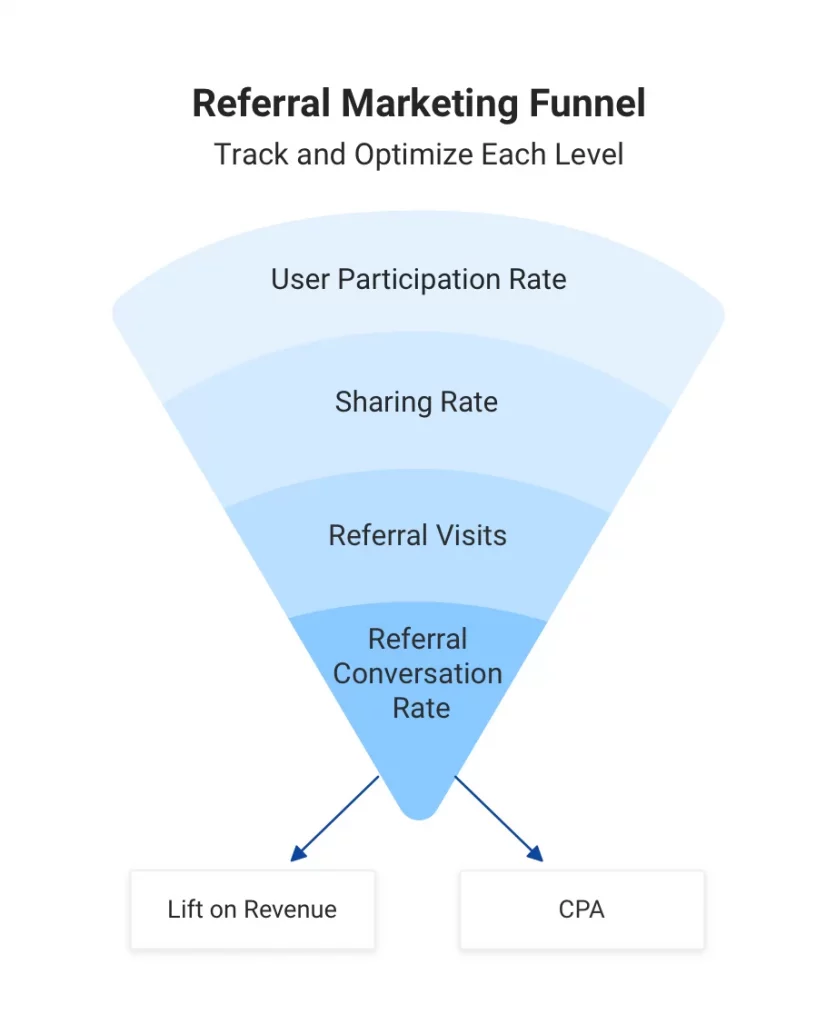
A well-executed referral program can significantly amplify your word-of-mouth marketing efforts. By offering rewards at various stages of promotion, you can incentivize customers to advocate for your brand. These rewards may include discounts on first purchases, gift cards or coupons, cash payments or cashback, and complimentary gifts.
For instance, you can offer a discount to customers who refer your product to others and provide additional incentives, such as cashback or discounts, to the referred friend upon making a purchase through the referral link.
7. Host Giveaways and Offer Freebies

Both online and in-store shoppers are drawn to freebies and giveaways, making them powerful tools for word-of-mouth marketing. Brands like Nykaa and Sephora leverage this strategy effectively to drive engagement and sales. For example, Nykaa entices customers with deals on specific beauty brands or offers free gifts upon reaching a certain spending threshold on their website or app. As customers share their excitement with friends and followers, it generates word-of-mouth publicity.
Hosting giveaways and contests further enhances word-of-mouth referrals. You can offer a free product either online or in-store and encourage participation by setting simple entry requirements such as sharing a post, tagging a friend, or referring a friend. This expands your reach and attracts new customers as existing ones spread the word about your brand.
8. Affiliate Marketing Channels

Affiliate marketing channels offer a robust framework for implementing effective word-of-mouth marketing strategies. By inviting customers to participate in affiliate programs, businesses can leverage the power of existing brand advocates to amplify their reach and drive sales. There are various approaches to implementing affiliate marketing initiatives:
- Customer Referral Programs: Encourage existing customers to refer products they’ve purchased to others in exchange for a commission. When a referred customer makes a purchase, the referring customer earns a percentage of the sale as a commission. This incentivizes customers to actively promote the brand and its offerings to their social circles, thereby generating word-of-mouth referrals.
- Collaborations with Industry Influencers: Partner with influencers in your industry to create buzz around your brand or products. Influencers can promote your brand through blog posts, social media content, or other channels, incorporating affiliate links to drive sales. Since influencers often have a loyal and engaged following, their endorsement can significantly impact purchasing decisions and amplify word-of-mouth referrals.
Real Life Examples of Conversational Marketing:
A. Coca-Cola’s “Share a Coke” Campaign:
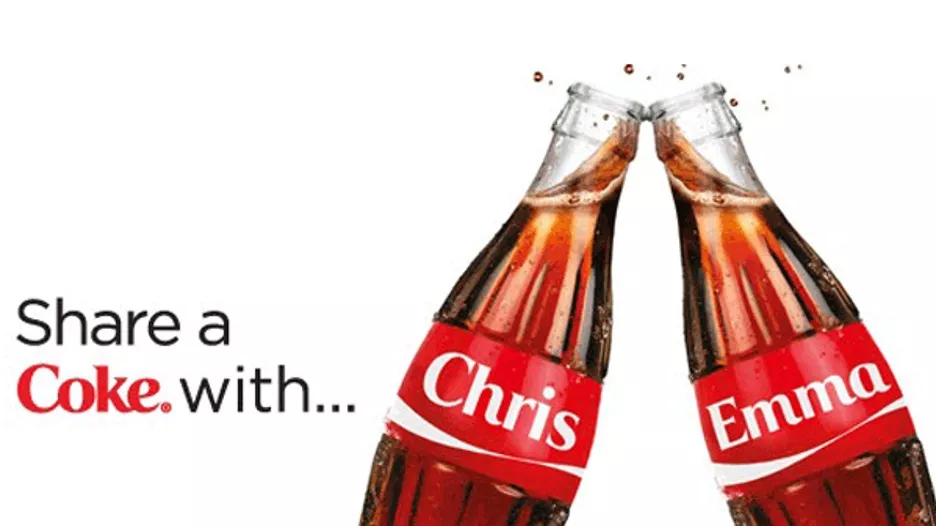
Key Features:
1. Personalization: By printing individualized messages on Coke bottle labels, such as “Share a Coke with [Name],” Coca-Cola created a personalized and emotional connection with consumers.
2. Engagement: The campaign encouraged customers to actively participate by seeking out bottles with their names or sharing personalized Coke bottles with friends and family, fostering engagement and brand loyalty.
3. Global Adaptation: Following its success in Australia, the campaign was replicated globally with variations like the “Share a Coke and a Song” initiative, showcasing Coca-Cola’s ability to tailor marketing efforts to diverse markets.
B. Amazon’s Customer-Centric Approach:
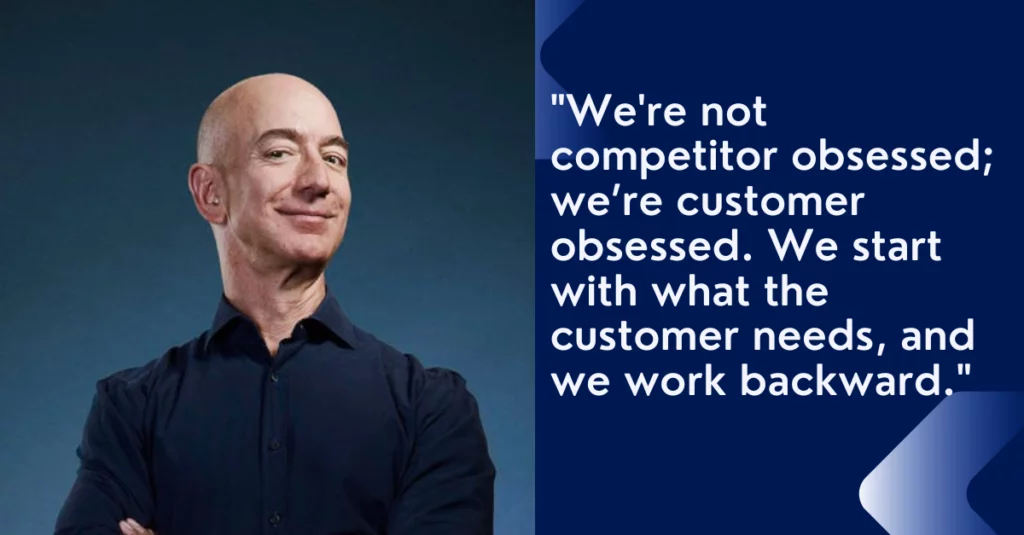
Key Features:
1. Extensive Product Selection: Amazon offers an unparalleled range of products across various categories, catering to diverse customer needs and preferences.
2. Seamless Shopping Experience: With features like one-click purchasing, personalized recommendations, and fast delivery options, Amazon prioritizes convenience and efficiency for its customers.
3. Authentic Reviews: Amazon’s platform allows customers to leave genuine reviews, providing valuable insights for other shoppers and fostering trust in the brand.
4. Exceptional Customer Service: Amazon is renowned for its responsive customer service team, which swiftly resolves issues and ensures customer satisfaction.
5. Hassle-Free Returns and Exchanges: Amazon’s flexible return and exchange policy reinforces its commitment to customer satisfaction, offering a seamless shopping experience from start to finish.
C. Netflix‘s “Squid Game” Phenomenon:

Key Features:
1. Compelling Content: “Squid Game” captivated audiences with its gripping storyline, suspenseful plot twists, and memorable characters, drawing viewers into its immersive world.
2. Social Media Buzz: The show generated significant buzz on social media platforms, with viewers sharing their reactions, theories, and memes, amplifying word-of-mouth publicity.
3. Global Appeal: “Squid Game” resonated with audiences worldwide, transcending cultural and linguistic barriers to become a global phenomenon.
4. Memorable Moments: Iconic scenes and memorable moments from the series, such as the Red Light, Green Light game, sparked widespread discussions and contributed to its viral success.
5. Trendsetting Impact: “Squid Game” set new trends in pop culture, influencing fashion, memes, and Halloween costumes, further cementing its status as a cultural phenomenon.
Conclusion:
In conclusion, word-of-mouth marketing remains a powerful and influential tool in the modern business landscape. As consumers increasingly rely on recommendations from friends, family, and peers, harnessing the potential of word-of-mouth marketing has become essential for brands seeking to build trust, credibility, and loyalty among their target audience.
Through authentic and organic conversations, brands can leverage word-of-mouth marketing to amplify their reach, drive customer engagement, and ultimately, boost sales. By fostering positive experiences and interactions with their products or services, companies can inspire customers to become enthusiastic advocates who willingly share their satisfaction with others.
FAQs on Word-of-Mouth Marketing:
How should brands deal with negative word of mouth?
When faced with negative word-of-mouth, brands should address the issue promptly and transparently. Here are some steps they can take:
- Listen and Understand: First and foremost, brands should carefully listen to the concerns raised by customers and understand the root cause of dissatisfaction.
- Respond Promptly: Brands should respond to negative feedback in a timely manner, acknowledging the customer’s concerns and expressing a willingness to resolve the issue.
- Apologize and Take Responsibility: Brands should offer a sincere apology for any inconvenience caused and take responsibility for any mistakes or shortcomings in their product or service.
- Offer Solutions: Brands should strive to offer practical solutions to address the customer’s concerns, whether it involves a refund, replacement, or other forms of compensation.
- Learn and Improve: Finally, brands should use negative feedback as the opportunity to learn and improve their products or services, ensuring that similar issues do not arise in the future.
What is the difference between amplified word-of-mouth and organic word-of-mouth?
Organic Word-of-Mouth: Organic word-of-mouth refers to the spontaneous sharing of experiences and recommendations among customers within their social circles. It arises naturally from genuine customer interactions and experiences, without any deliberate intervention or influence from the brand. Organic word-of-mouth is characterized by its authenticity and credibility, as it is driven by personal relationships and genuine enthusiasm for a product or service.
- Amplified Word-of-Mouth: Amplified word-of-mouth, on the other hand, involves strategic efforts by the brand to amplify positive word-of-mouth through targeted marketing initiatives or promotional activities. This may include influencer partnerships, referral programs, or branded content designed to encourage sharing and engagement. Amplified word-of-mouth allows brands to exert more control over the messaging and dissemination process, leveraging the reach and influence of external parties or marketing channels to enhance brand visibility and credibility.
What does the Word-of-Mouth Marketing Association do?
The Word-of-Mouth Marketing Association (WOMMA) is a professional organization dedicated to promoting best practices and advancing the understanding of word-of-mouth marketing strategies. WOMMA serves as a leading advocate and resource hub for professionals and organizations involved in word-of-mouth marketing, offering a range of educational initiatives, research publications, networking events, and advocacy efforts. Specifically, WOMMA works to:
- Promote Best Practices: WOMMA provides guidance and resources to help businesses develop and implement effective word-of-mouth marketing strategies that comply with ethical standards and industry guidelines.
- Foster Industry Collaboration: WOMMA facilitates collaboration and knowledge-sharing among professionals in the word-of-mouth marketing industry, creating opportunities for networking, idea exchange, and collaboration.
- Advance Understanding: Through research initiatives and educational programs, WOMMA seeks to deepen the understanding of word-of-mouth marketing and its impact on consumer behavior, brand perception, and business outcomes.
- Advocate for the Industry: As a leading advocate for word-of-mouth marketing, WOMMA represents the interests of its members and the broader industry, advocating for policies and initiatives that support the responsible and effective use of word-of-mouth marketing techniques.



